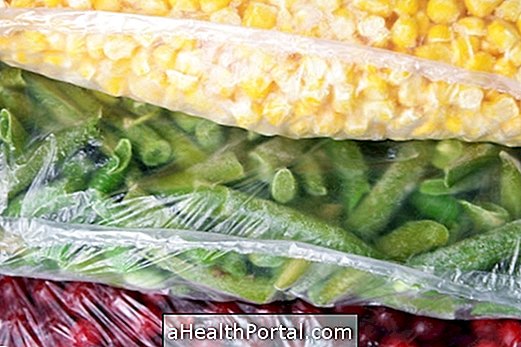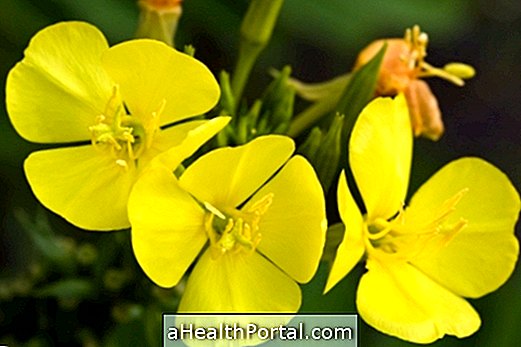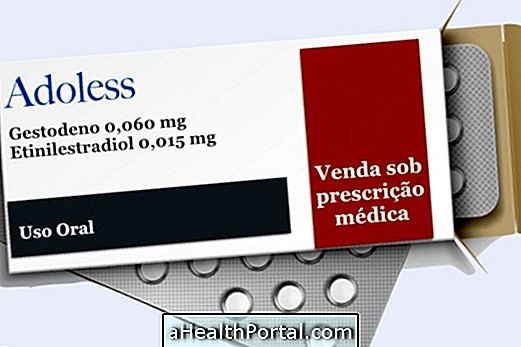Amaranth is a gluten-free cereal, rich in protein, fiber and vitamins that can also help lower cholesterol and is rich in good quality calcium and zinc proteins that in addition help the body to increase the efficiency of muscle tissue recovery and its volume and also helps preserve bone mass because of its high calcium content.
Two tablespoons of amaranth have 2 g of fiber and a young adult needs about 20 g of fiber per day, so 10 tablespoons of amaranth is enough to meet daily needs. Other benefits of amaranth are:
- Strengthen the immune system - as it is rich in antioxidants that are substances that strengthen the cells of the immune system;
- Fight cancer - due to the presence of the antioxidant squalene that slows blood flow to tumors;
- Helping in muscle recovery - by having a good amount of protein;
- Fighting osteoporosis - being a source of calcium;
- Assist in weight loss - because it is rich in fiber, it loosens the intestine and satisfies hunger.
Besides all these benefits amaranth is also especially indicated in celiacs because it is gluten free.
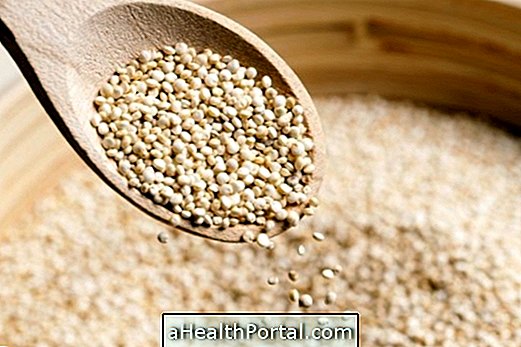
Amaranth nutritional information
| Components | Amount per 100 g of amaranth |
| Energy | 371 calories |
| Protein | 14 g |
| Fat | 7 g |
| Carbohydrate | 65 g |
| Fibers | 7 g |
| Vitamin C | 4.2 g |
| Vitamin B6 | 0.6 mg |
| Potassium | 508 mg |
| Calcium | 159 mg |
| Magnesium | 248 mg |
| Iron | 7.6 mg |
There is amaranth in flakes, flour or seeds, usually the flour is used to make cakes or pancakes and the flakes and seeds in granola or muesli to add to the milk or yogurt and thus make a more nutritious and healthy breakfast.
Amaranth can be stored in the refrigerator for 6 months in a tightly closed container to prevent moisture from entering.
How to consume Amaranth
Amaranth can be added in a variety of ways, such as in vitamins, fruit salads, yogurts, farofas replacing cassava flour, in pies and cakes by replacing wheat flour and in salads, for example. It can be found in natural food stores or supermarkets and is an excellent substitute for rice as well as quinoa.
See also 4 substitutes for Rice and Noodles.
Amaranth flakes are nutritionally richer than any other cereal like rice, corn, wheat or rye and can be an excellent supplement to add to the recipes.
Recipes with Amaranth
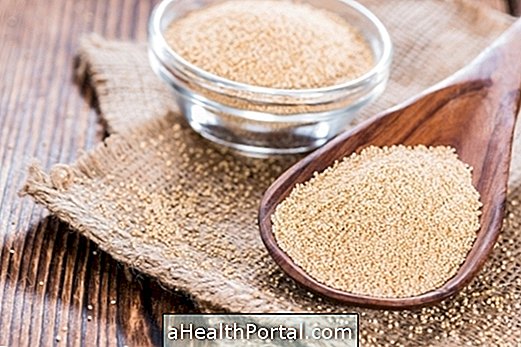
1. Amaranth cake with quinoa
Ingredie ntes:
- Half cup of quinoa in grains
- 1 cup flaked amaranth
- 1 egg
- 4 tablespoons olive oil
- 1 grated onion
- 1 chopped tomato
- 1 boiled cooked carrot
- 1 cup chopped broccoli
- ¼ cup of skim milk
- 1 can of tuna drained
- 1 tablespoon baking powder
- Salt to taste
Pre-set mode:
In a bowl, mix all the ingredients. Distribute in a shape and bring to the preheated oven for 30 minutes or until golden brown.
Quinoa grains and amaranth flakes can be found in grocery stores or in supermarkets.
2. Gelatin with amaranth
Ingredients:
- 50g of amaranth flakes
- 1 cup of gelatin or 300 ml of fruit juice
Method of preparation:
Just add to the fruit juice or even in the gelatin after the workout, in addition to tasty it is very nutritious.
This recipe should be made soon after the training of preference.




